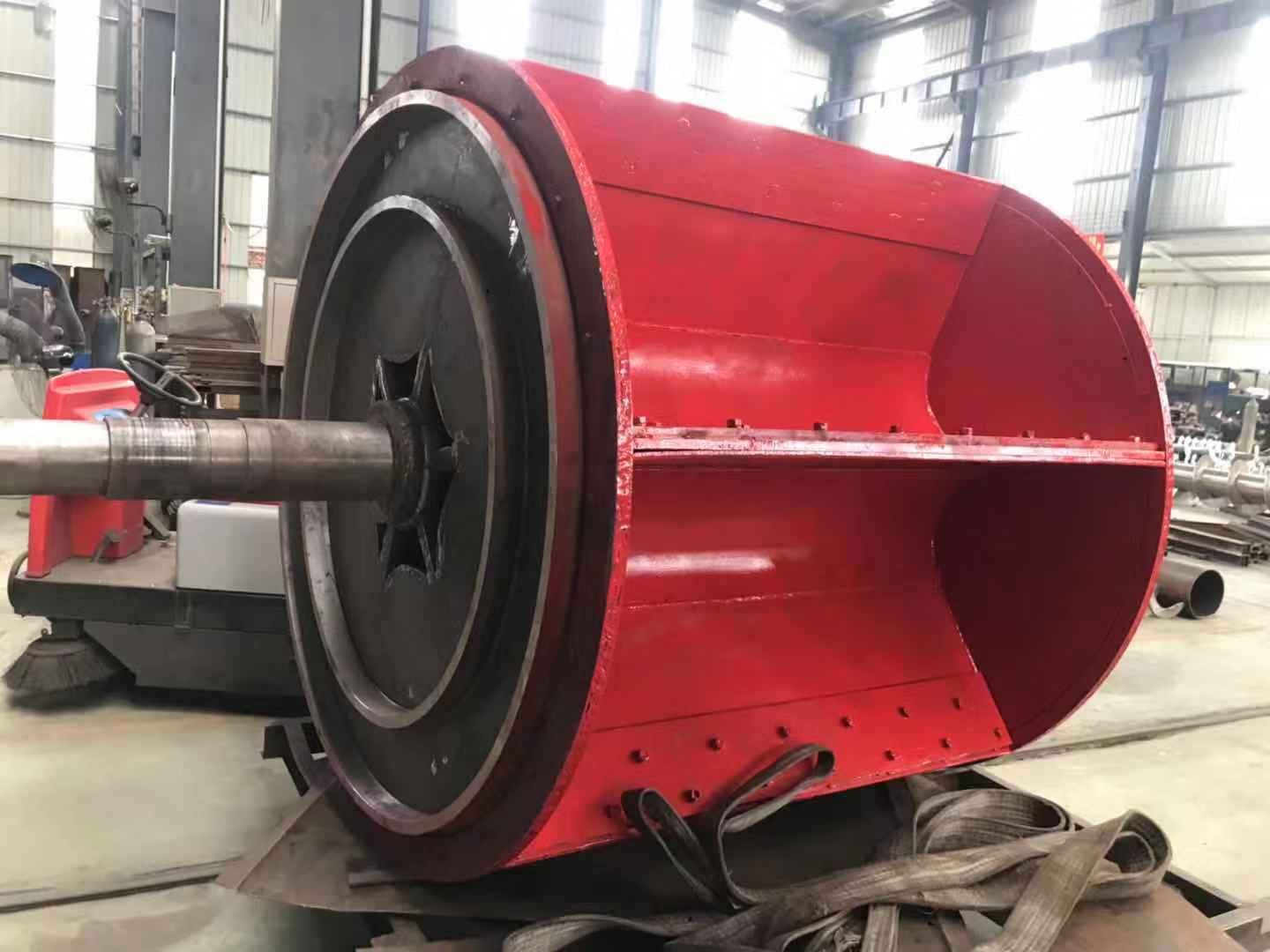
Privacy statement: Your privacy is very important to Us. Our company promises not to disclose your personal information to any external company with out your explicit permission.
Rotary valve application trends

(1) automatic valve instead of manual valve has become the trend of industrial applications With the worldwide industrial process automation level increased, the automatic and adjustable rotary valve demand continues to increase, while reducing manual valve demand . This will enable the development of valve application technology in the future should focus on the valve actuators and locators, so that the valve can be connected to the personal computer, PLC, DCS system. Such as the use of digital positioner by increasing the accuracy of the control valve to improve valve control performance, the successful application of If the ND800 digital positioner for rotary control valve, you can make the process variable range of 50%, and then through the control Valve Features Valve Positioner Electronic features are matched to further improve control performance. Typical applications are Field Browser software with HART network. Compared with the shut-off valve, the control valve is more suitable for continuous production process. Through the adjustment function, the control valve can change the size of the flow according to the input parameters to keep the set value unchanged. In many cases, both shut-off valves and control valves are required, as in refineries, 1/4 turn shut-off valves are used as safety shut-off valves. A control valve is normally used with two shut-off valves to isolate and shut off the flow of fluid when the control valve is disassembled. The electric actuator will gradually replace the pneumatic actuator because the electric actuator does not require installation and maintenance of the line and compressor and can be more closely linked to the positioner and can avoid converting electrical signals to gas signals. The other development direction of the rotary valve is to improve the performance of the valve by improving the design of the valve seat and the material of the valve seat so as to reduce the external leakage of the valve and the like. Intelligent valves with control and positioning make the market more and more widespread as manufacturers reduce costs and the need for manufacturers to increase productivity.
(2) The trend of replacing linear valves Because rotary valves can replace linear valves (such as gate valves) in many cases, rotary valves offer many advantages over straight-stroke valves such as gate valves (see Section 1 of this paper) . In particular, with the implementation of the Clean Air Act (CAA) amendment, preventing leakage outside the valve becomes more and more important. The CAA Amendment, introduced in 1990, includes 189 Volatile Sources of Air Pollution (VHAPs), of which 150 are volatile organic compounds (VOCs). The latest CAA Amendment, adopted in April 1997, includes a quality improvement program in addition to the leak detection and repair (LDAR) program of the previous version. The CAA Amendments add to the investment made by chemical companies, refineries and other valve manufacturers that use straight-stroke valves to prevent leaks outside the valve. The CAA Amendment and its resulting control leakage have prompted manufacturers of manual valves, automatic valves, and control valves to adopt new techniques to design their valves to reduce external leakage of the valves. The key to reducing leakage outside the valve is the material of the valve packing system. Polytetrafluoroethylene (PTFE) and graphite are two common materials used in valve packing systems. Many suppliers combine perfluoroelastomers with some polytetrafluoroethylene and graphite to reduce the valve leakage system. Perfluoroelastomer packing systems have a much higher packing pressure than PTFE packing systems, but the packing system has a much higher packing pressure than perfluoroelastomer packing systems. The pressing force assembly causes wear and tear on the stem, causing leakage outside the valve. In general, the use of rotary valves is an effective measure to reduce external leakage, ie rotary valves have a tendency to act instead of valves. This trend is also illustrated by the market share of the Valve Manufacturer Associate VMA: According to data provided by the VMA, the volume of ball valves, industrial butterfly valves and plunger valves shipped in the United States in 1996 (VMA specifically records ball valves, In addition to this, the VMA tracks automatic valves as a separate category. Instead of recording the sales of quarter-turn regulators separately, they categorize them as automatic valves VMA provided data on the shipments of US suppliers, including exports but excluding imports, totaling 1.04 billion U.S. dollars, including manual valves and automatic valves, but excluding regulating valves. Ball valve accounted for the largest percentage, accounting for 54.2% of the total, industrial butterfly valve accounted for 26.2%, the remaining 19.6% share of the plunger valve.
July 03, 2023
इस आपूर्तिकर्ता को ईमेल
July 03, 2023

Privacy statement: Your privacy is very important to Us. Our company promises not to disclose your personal information to any external company with out your explicit permission.

Fill in more information so that we can get in touch with you faster
Privacy statement: Your privacy is very important to Us. Our company promises not to disclose your personal information to any external company with out your explicit permission.